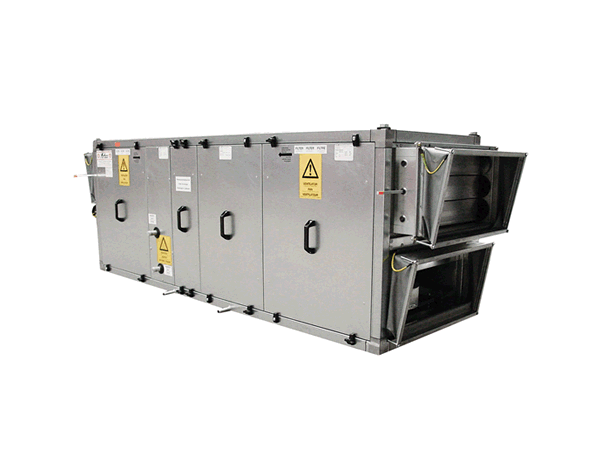Become an HVAC Design Engineer
Tekniprep offers you an opportunity to study Heating Ventilation and Air Conditioning (HVAC) under the Building design industry in Nigeria. Heating Ventilation and Air-Conditioning system designs are made based on the principles of thermodynamics, fluid mechanics and heat transfer. HVAC remains an integral part of the mechanical sub-section of Building design systems. A good HVAC system must provide comfort despite changing climatic conditions. The HVAC Design Engineer must create practical and efficient designs that will lead to operational savings and energy efficiency. He must create blue-prints for projects by making use of Computer-aided design & drafting software. In this course, you will learn to carry out Full analytical load calculation, Ventilation System & Duct designing, Air distribution system designing, Sizing pipes & pumps HVAC equipment selections as per ASHRAE, ISHRAE and SMACNA standards, HVAC designing & drafting software.
Duct - Design & Drafting
Ducts are the means with which conditioned air are conveyed to a desired space. These conditioned air come out through what is called air terminals. This course will expose you to the different types of duct systems that we have, the methods for sizing them using tables, charts and/or proprietary duct sizing software. You will also learn how to convert your duct design results and dimensions into beautiful 2D layouts using the AutoCAD software.
Hourly Analysis Program (HAP)
Carrier's Hourly Analysis Program (HAP) software is a top engineering tool used by HVAC Engineering professionals to design, simulate and analyze the HVAC requirements of commercial buildings. The HAP software is a world-class software for making out load calculations. Its worldwide acceptability makes it a unique tool to determine the heating and cooling loads for any building. It offers unique flexibility and ability to determine loads based on numerous variables. You can also create "Schedules" which show the behavior and occupancy level of people in the Building. Tekniprep takes you in-depth on how to make use of this unique HVAC Load calculation software tool.
HVAC - Load calculation
Every HVAC Design Engineer is required to determine the required heating and cooling loads for the space to be conditioned. This course exposes you to the gradual steps required in determining the required heating and cooling loads by calculating the heat generated from heat sources such as conduction, convection and radiation. We would also consider internal heat sources gotten from people and appliances in the building. This method of load calculation makes use of the CARRIER's E-20 detailed load estimation technique using MS Excel. Thus with this choice, learning the CARRIER's HAP software becomes easier because of the similar approaches to load estimation they both share.



